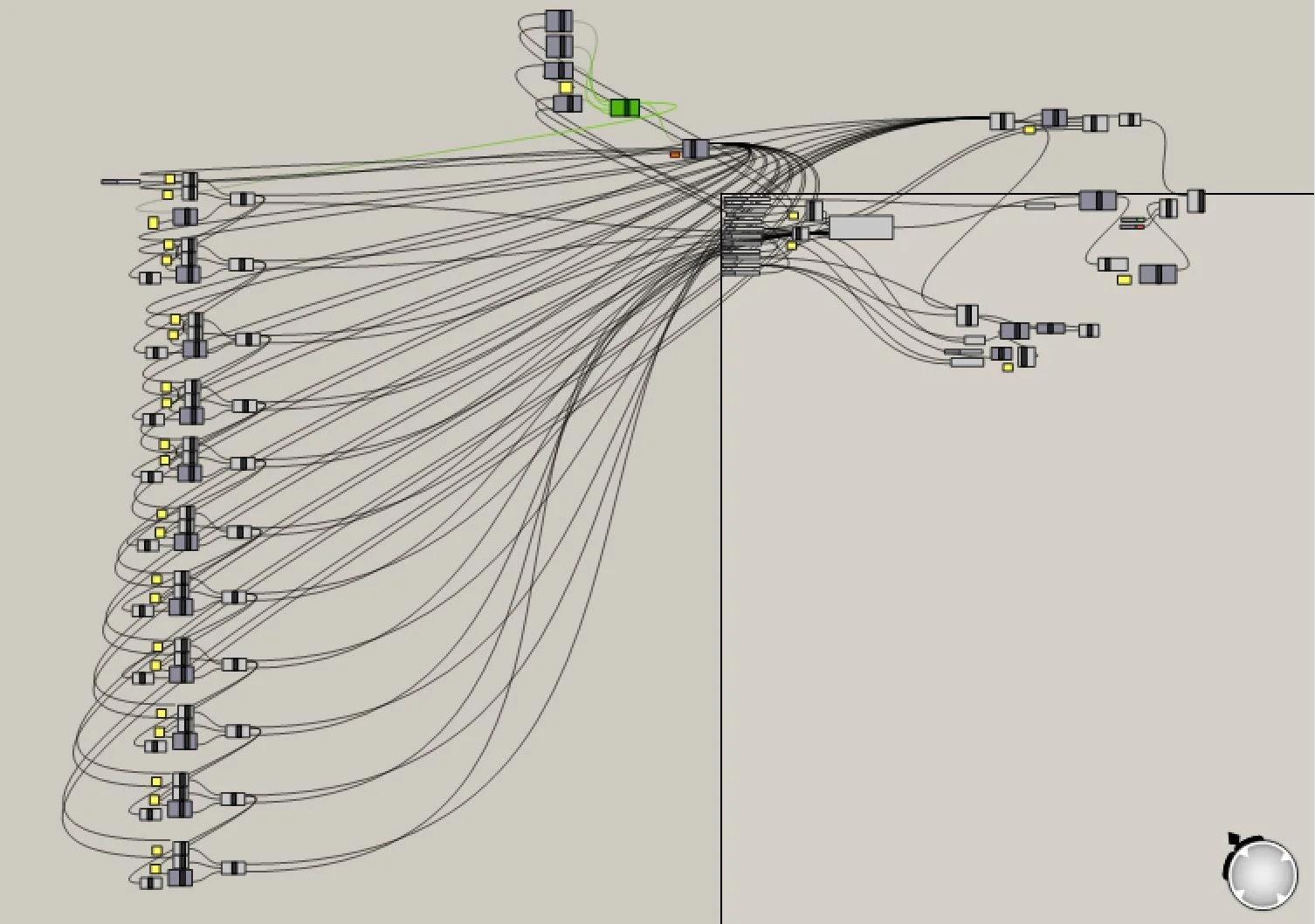
Curved Post-Tensioned Concrete
UI/UX

Delamination failure due to excessive radial forces in curved post-tensioned concrete members has been a problematic and under-appreciated design consideration in structures such as nuclear containment facilities. I built a tool in grasshopper that could analyze a concrete member's resistance to delamination in real time due to numerous parametric variables, such as pre-stressing force, radius of the member, and concrete strength. The tool gives engineers a sense of what design limits are possible in non-linear pre-stressed space.

Radial Forces in Curved Post-Tensioned Concrete
Designs that can resist delamination are represented in green. They turn red to indicate when the concrete would fail, such as when the radius of curvature is reduced.


Circular Curved Concrete
This is a brief video demonstration, showing how the tool automatically changes the color of the model when a failure would occur.

I expanded the grasshopper code to create a general-case analysis, which can estimate the capacity of any curvature.

General Curve Analysis
Here is a video demonstrating the expanded algorithm. These tools could be used in the preliminary design phase to model the stability of non-linear pre-stressed concrete in real applications.